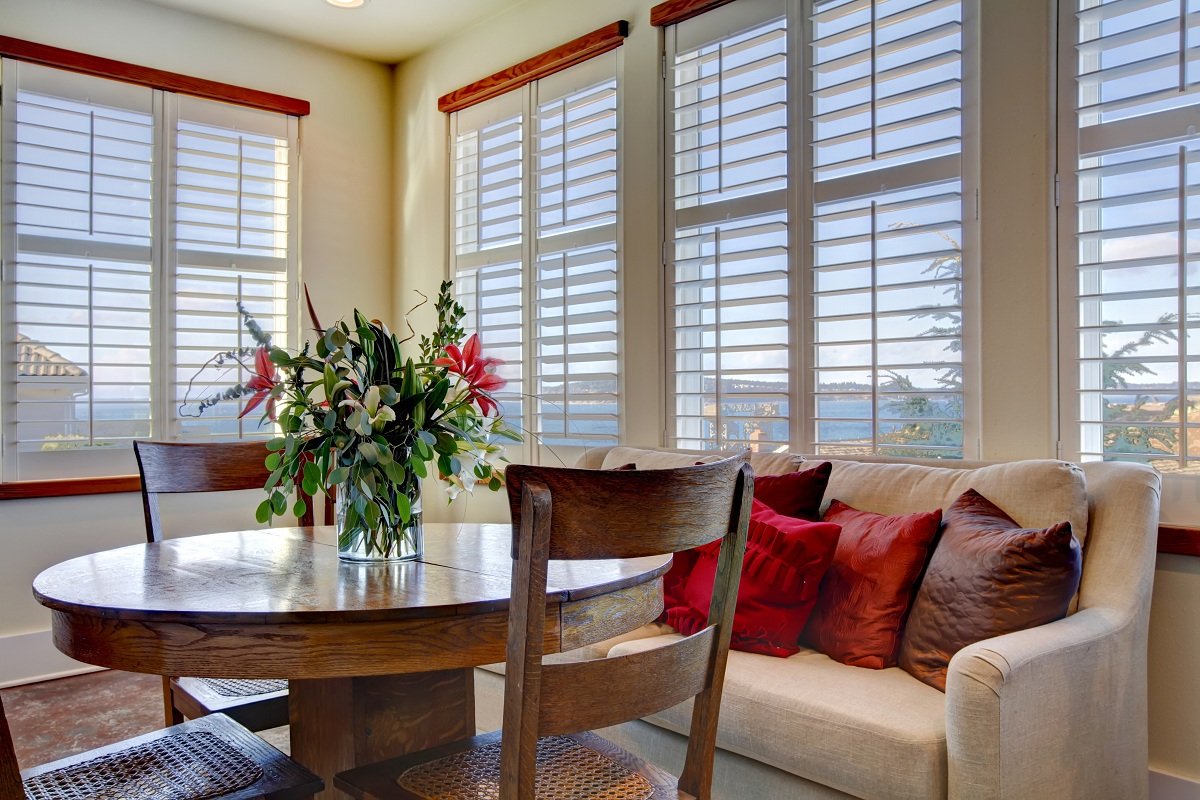The word “rustic” is often casually thrown around to describe a variety of interior design styles. But what does it really mean to have a “rustic” interior design? Here are a few guidelines to follow to make your interiors accurately depict this style.
Emphasize Natural Colors and Materials
For a house to be truly considered rustic, natural materials must be used. This means lots of stone and wood, whether used as design accents on the ceilings and walls, or as material for furniture. For softer materials and accents, canvas and burlap are also utilized. At its core, the rustic design calls for the use of organic elements in a natural setting. Designs must be simple, natural, and evoke an earthly vibe. That’s why reclaimed and unfinished woods and stones are preferred compared to polished, glossy wood or stone.
Rustic Furniture is Always Handmade
To adhere to its natural theme, rustic furniture cannot be anything mass-produced or bought right off the shelf. Handcrafted furniture pieces can be generally simple in design and shape, allowing the materials to make the pieces stand out and speak for themselves. Handmade furniture is usually oversized and intended to work not as idle pieces of art but as cozy, comfortable, and functional items. Heavy wood furniture created from raw logs or upcycled from reclaimed doors or windows are common rustic pieces.
The Colors are Always Natural
 Rustic style is all about warm, inviting earth tones. Take inspiration from nature itself, and use a mix of soft grays, browns, tans, beige, and even muted shades of black. For more bold hues that pop, you can add brick red, adobe orange, or fern green.
Rustic style is all about warm, inviting earth tones. Take inspiration from nature itself, and use a mix of soft grays, browns, tans, beige, and even muted shades of black. For more bold hues that pop, you can add brick red, adobe orange, or fern green.
Aged and Weather-Beaten Looks Dominate
Materials that appear to be weathered and worn by the elements are a cornerstone of rustic style. Use distressed wood, broken-in leather, galvanized steel, and ever-so-slightly frayed rugs. Worn materials give a cozy, familiar, and lived-in feel as if the home and its contents have been around for decades.
You can start small with accents like weathered tables and frames, then add larger pieces like leather chairs and rustic wood or stone floors. You can find timeless accents at antique stores or acquire new rustic pieces that already have small flaws or damages that give them a unique charm.
Rustic has an Iconic Element
A mainstay of this design style is the leather club chair, with its patent rolled arms and nailhead detailing. As the centerpiece of relaxation, a leather armchair is a spiritual match to rustic style, as it only gets better and more comfortable with age. Each unique scuff adds to its charm and character, showing that the chair and the home it inhabits is a lived-in and cozy refuge. Pair textured pillows, rugs, and throws to contrast with the smooth leather.
Decorating your home in the rustic style is not hard to do, as it calls for natural-looking, muted tones, and textures. Many people gravitate to this type of interior design because it also emphasizes comfort and timelessness.









